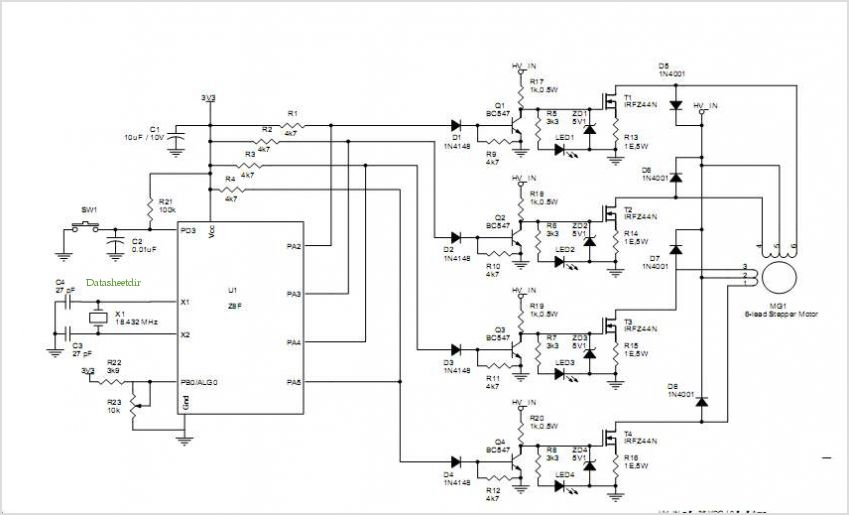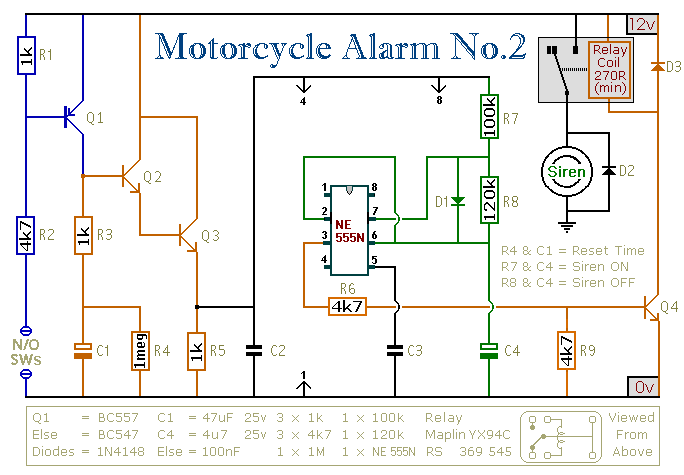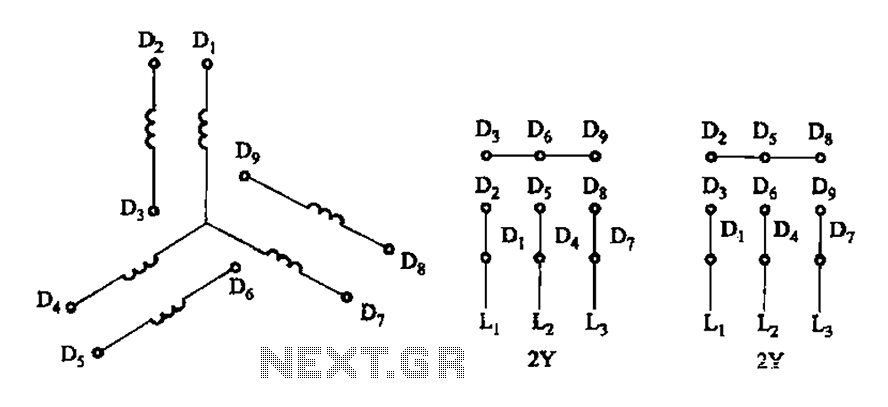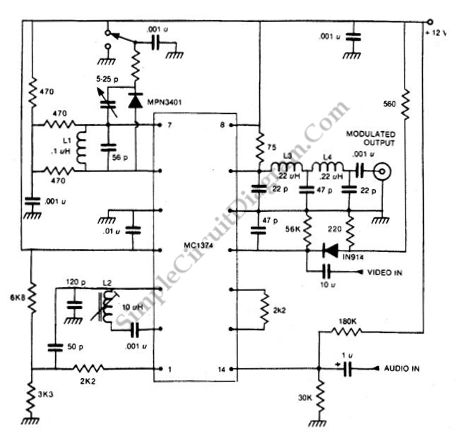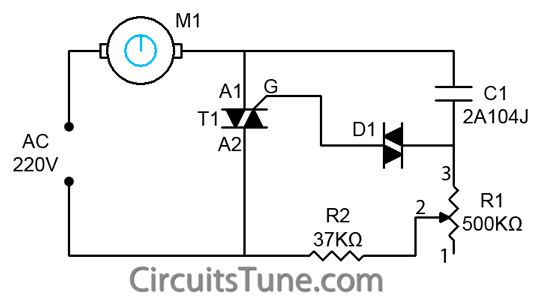
bedini cole window motor
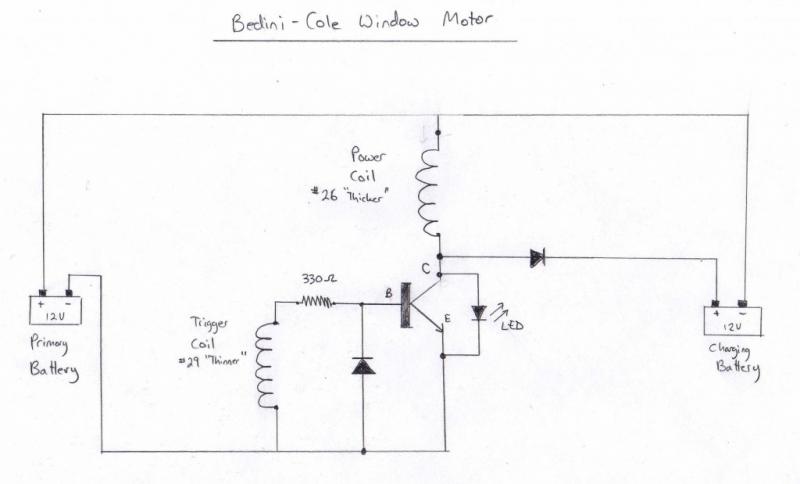
The concept of energy tapping, as originally conceived, faces challenges with the SG (Stirling Generator). The shaft endures significant force from the trigger coil pulse, leading to inefficiency in wheel motion. It is essential for the trigger coil to pulse in the direction of motion rather than perpendicular to it. The design of the SG appears to be inefficient by design. Additionally, the core material of the coils affects performance. Free energy is derived from rapid parametric variation, as suggested by Eric Dollard. The SG utilizes welding rods as core material, which reduces some hysteresis, but the overall hysteresis curve remains suboptimal. A steep BH curve is desired for efficiency.
Bedini advises against using neodymium magnets with the SG due to core saturation issues, which hinder full inductive collapse before the next magnet passes. This limitation affects both speed and power output. To effectively use neodymium magnets and achieve higher rotor speeds, advanced materials such as mu-metal or Metglas with steep BH curves are recommended to facilitate quicker inductive collapse and parametric variation. An iron core would significantly limit performance.
The window motor, in contrast, benefits from rotating flux fields that push it in the desired direction, resulting in high torque, increased speed, and enhanced energy tapping from the aether. Its efficiency in producing motion and torque is vastly superior. At a conference, a presentation on the window motor suggested it could generate 50 horsepower with relatively low volt/amp input, which raised skepticism due to the significant power output implied.
Another circuit configuration for the window motor is the Bedini-Cole Bipolar Circuit, which incorporates two Hall effect sensors for timing. This design is believed to be more advanced and efficient. Considerations for eliminating back EMF are crucial; since back EMF is a function of current, increasing voltage can effectively reduce current, thus minimizing back EMF. The goal is to deliver power to a coil with less current, ideally aiming to eliminate current altogether, as proposed by Tesla.
Achieving resonance in the window motor could significantly enhance power output, torque, and speed. The inductive spikes generated by the power coil exhibit negative resistance and possess additional energy that can be harnessed when fed into a capacitor. This potential for energy optimization underscores the innovative possibilities associated with the window motor design.Experimenting with the window motor. The reason the window motor is so powerful, is the minor current required is an INDEPENDENT VARIABLE from the power of the permanent magnets on the rotors. The true power lies in the magnetic flux lines of the permanent magnets, the more powerful the magnet, the less power you need to run the motor!
True aether
energy tapping, as I had originally conceived in principle. The problem with the SG is that the shaft takes the brunt of the trigger coil pulse force making for a very inefficient way of causing the wheel to spin. You want the trigger coil to pulse in the direction of motion NOT perpendicular to it! Like I said before the SG in some ways appears to be designed inefficiently on purpose Another limiting factor on the SG is the core material on the coils.
Free energy comes from rapidparametric variation as per Eric Dollard. The core material on the SG is welding rods, now this does cut down on somehysteresisbut the overallhysteresiscurve still isn`t that great. You want a very steep BH curve. Bedini himself says NOT to use neodynium magnets on the SG, they saturate the core too much, and by the time the next magnet comes by the core hasn`t finished un-saturating and you subsequentlydon`tget a full inductive collapse.
This is a speed limiting factor and thus a power outputlimitingfactor. In order to be able to use neodynium magnets and spin the rotor at higher speeds you would have to use an exotic metal such as mu metal or metglas. Something with a very steep bh curve, facilitatingfaster inductive collapse/ paramateric variation. If you have an iron core wow that`s going to be a seriouslimitingfactor. Lindemann talking about Muller said heuseda special type of Black Sand. The beauty of the window motor is the rotating flux fields push it in the direction of motion you want it to go.
Hence high torque, and more speed, and more energy tapping from the aether! It`s about a gazillion times more efficient way of producing motion and torque. The Australian guy and myself were at the conference and Rick was presenting the window motor saying it could give off 50 horsepower with a fairly small volt/amp input The Australian and myself thought wow, that seems too good to be true. Doing a rough calculation that is 50hp x 746 Watts = 37, 300 Watts that`s a lot of light bulbs. 373 100 watt light bulbs to be exact. 37kW output and I think the input was like a half or 1kW Or none COP of roughly 37 74 infinity! At the conference they barely talked about the window motor, referring to it more as a side novelty the SG was the prime focus.
Really I don`t understand why you would waste time on the SG if the window motor is far superior! ! . it makes no sense from a free energy self-runner point of view! There is another circuit for the window motor called theBedini-Cole Bipolar Circuit with 2 hall effect sensors for timing. I believe this is a more advanced and efficient circuit. This got me thinking, on ways to eliminate back EMF. Back EMF is a function of current and according to ohm`s law the higher the voltage, the less current there is.
So a great way of reducing back EMF is simply raising voltage. You can deliver the same amount of power to a coil, but with less current, and ideally like Tesla trying to eliminating current all together. Now the fascinating thing is trying to get the window motor to run at resonance. This shoulddrasticallyincrease power output, torque and speed. Because the inductive spikes coming off the Power Coil are negative resistance and have extra energy if this is fed into a capacitor which is
🔗 External reference
